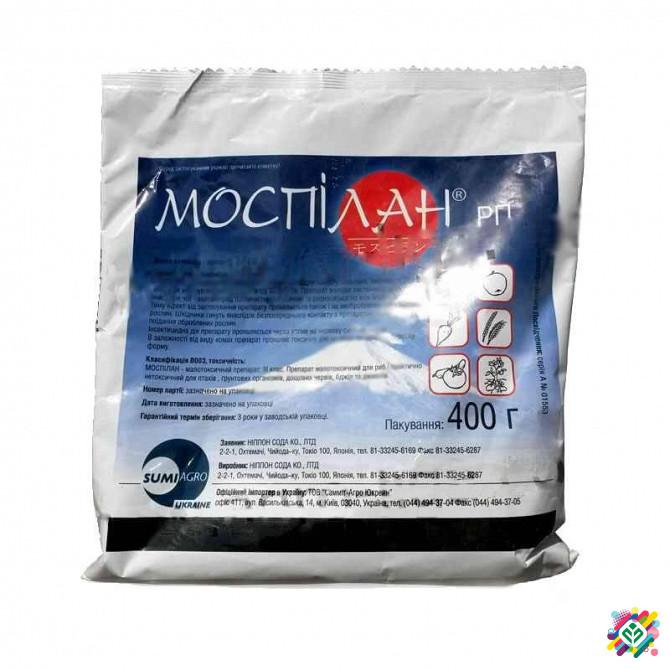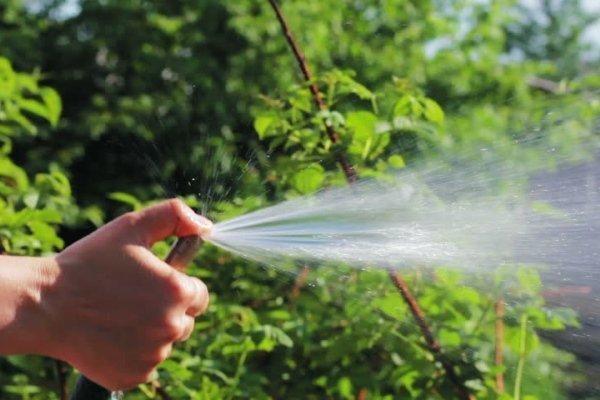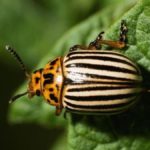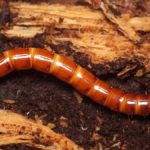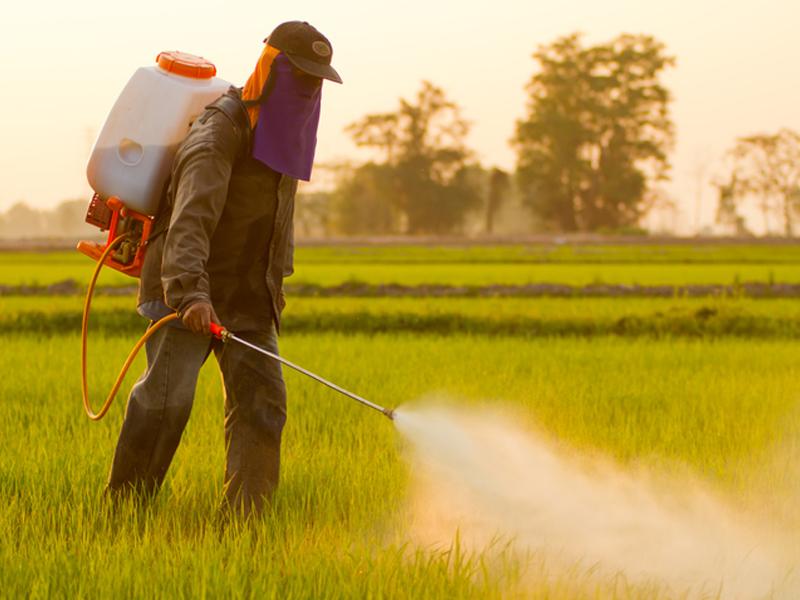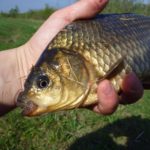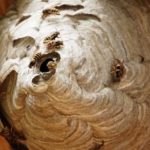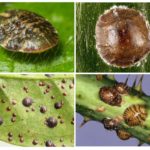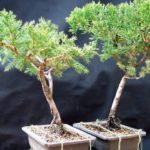Neonicotinoids are understood as neurotoxins, which have a wide range of uses and are actively used to combat harmful insects. All drugs from this group are economical in consumption and highly effective. However, they are assessed ambiguously by researchers. The main advantage of the compositions is their fast action. However, they also have a disadvantage, which manifests itself in high toxicity for bees.
Composition and dosage form
The drugs contain synthetic substances - nicotinoids, which affect the nervous system of parasites and bind to receptors on nerve cells. Today there are 4 most popular products on sale that are included in the preparations:
- imidacloprid;
- acetamiprid;
- thiamethoxam;
- Thiacloprid.
It is important to consider that all of these products are very dangerous for animals. If accidentally ingested, there is a risk of convulsions, severe diarrhea, tremors and respiratory dysfunction.
Modern neonicotinoids appeared in Russia in 1999. By 2004, the list of approved compounds already included 11 preparative forms. Today there are 2 main groups of neonicotinoids:
- nitroso-containing substances – dinotefuran, imidacloprid;
- cyanogen-containing drugs – thiacloprid, acetamiprid.
Effective substances that belong to the category of neonicotinoids include:
- "Mospilan";
- "Confidor";
- "Biotlin";
- "Calypso";
- "Bizkaia"
Effect on harmful organisms
Neonicotinoids are understood as neurotoxic poisons. They are nicotinic acetylcholine receptor agonists and cause suppression of acetylcholinesterase activity on the postsynaptic membrane. Such compounds prolong the opening of sodium channels. This provokes a blocking of the transmission of nerve impulses in insects, which leads to their death from paralysis.
The main advantages of this category of drugs include the following:
- long-lasting effect after crop treatment;
- systemic and translaminar activity;
- reliable protection of cultivated plant sprouts from parasites that live in the soil structure;
- low dependence on weather.
The key advantage of neonicotinoids is their long-lasting effect. They operate throughout the entire period of settlement of overwintered beetles, egg laying by females, and development of larvae. As a result, this helps to eradicate populations of Colorado potato beetles in potato beds, get rid of bedbugs, and destroy the larvae of harmful insects.
Another important advantage of such funds is the systemic effect. This means that they can enter all plant structures without causing problems in their life. In this case, the culture becomes poisonous to most parasites.
It is permissible to pour solutions into the soil under the plants, rather than treat them from above. When using the spraying method, the jet must be under high pressure. At the same time, it should be transformed into small drops or water dust. Thanks to this, the insecticidal agent will more easily enter the sap flow system.
Purpose of the product
In agriculture, neonicotinoids are used as systemic insecticidal substances to eliminate leaf-eating and sucking parasites. The drugs help destroy the following pests:
- aphid;
- thrips;
- Colorado potato beetles;
- leafhoppers;
- whiteflies;
- rice weevils.
In addition, products that belong to the category of neonicotinoids successfully cope with soil pests. These include click beetles, beet crumbs and other parasites.
Technique for using drugs
Since the drugs have toxic properties, it is necessary to use protective equipment when using them. These include overalls, rubber gloves, a respirator, and a hat.It is prohibited to use compounds near apiaries. You should also not spray such products around pets.
Treatment of plants must be done early in the morning or in the evening. It is strictly forbidden to spray in sunny weather. Under the influence of ultraviolet radiation, most of the solution evaporates from the surface of the plants. Do not spray in windy weather or before precipitation.
The drug must be dissolved and mixed with water in the sprayer tank. During manipulations, it is forbidden to eat, drink or smoke.
After finishing the treatment, it is recommended to soak the protective clothing in a warm soapy solution. After which it needs to be washed and rinsed. The face and hands should be washed with soap, and the mouth should be rinsed with water. The sprayer also needs to be washed several times. It is important to remember that it is strictly forbidden to pour any remaining water into open water. It is prohibited to graze livestock or walk pets near the treated areas.
Compatibility with other substances
Such products are combined with many fungicides or insecticides. However, it is not recommended to combine them, since the unique safety effect for beneficial insects is lost.
Storage conditions and shelf life
Typically, drugs from the neonicotinoid category are recommended to be stored in their original original packaging. This must be done at a temperature of 0...+25 degrees. The average shelf life is 2 years.
What can be replaced
Effective analogues of such products include insecticides from the following categories:
- chitin synthesis inhibitors;
- avermectins;
- carbamates;
- neurotoxins;
- pyrethroids;
- phenylpyrazoles;
- Juvenoids.
Neonicotinoids are effective agents that control harmful insects.In order for the drugs to give the desired effect, it is important to strictly follow the instructions for their use. It is important to consider that such substances have toxic properties. Therefore, when using them, you should adhere to safety rules.

